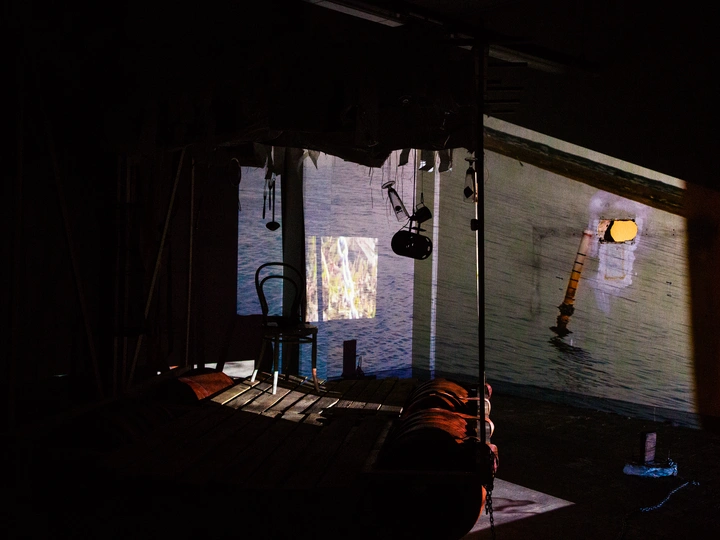Coast//Lines

Born in Ravenna, Italy in 1996 and currently based in Rotterdam, The Netherlands, I’m a design researcher and artist with a background in architecture and landscape. I hold a BSc in Architectural Design from Politecnico di Milano and a MA in Contextual Design from Design Academy Eindhoven.
My work has been exhibited in institutions such as ADI Design Museum Milan, Hong Kong Design Institute, Italian Pavilion in Shanghai 2015 Expo Cultural Park, Foundation We Are (NL), TAC Eindhoven (NL), Naturalis Science Museum (NL), Tsung-Yeh Art Center, Taiwan, and many editions of Dutch Design Week.
I collaborated with several institutions to develop workshops and cultural programs. Among them, I hosted tours and workshops during the 23rd Milan Triennale 'Unknown Unknowns’ for the Dutch Pavillion curated by Het Nieuwe Instituut, held workshops and tutoring sessions for the MA program at Design Academy Eindhoven and recently held a series of workshop, talks and OST for the Architectural Association of Modena and Ravenna within the Industria Festival.
In 2023 through a commission, I established an ongoing collaboration with The Dutch Royal Marine Institute, taking part as a photographer and videographer into several weeks of sea research expeditions. This collaboration brought me to being part of the ECOP Dutch Node, in which I'm currently working towards bridging artistic research and ocean literacy.
In the past year I developed a series of performative dinner events to further highlight the correlation between rising sea levels and food production and consumption. Four dinner events were presented at Dutch Design Week 2024 and designers and policymakers were invited, along with the general public. In September 2025 I will be part of EAT by pianist Tomoko Mukaiyama at Mediamatic (Amsterdam).
My work has been supported by private commissions and funded by Stimulering Fonds, the Dutch Embassy, Taiwan Government and other public entities.
Coast//lines is a visual and narrative investigation on how human activities, socio economic factors and climate change are reshaping coastal areas. The inquiry uses situated research, moving image, poetic and spatial languages to investigate and narrate the shifting landscapes of coastlines on a socio-anthropologic, built and environmental scale.
The practice started in 2021 in the salt marshes of Ravenna, Italy. By spending months documenting, recording and surveying the space, I started reflecting on the landscapes and materiality of intertidal areas and coastal zones, often laying between a rooted traditional knowledge of coexistence with water, de-population and overtourism, and a future marked by rising sea levels and shifting socio-economic dynamics.
The research found its output in ‘Pialassa: Fragments from the Wetlands’, an immersive spatial installation featuring moving images and sculptural pieces.
It continued with ‘Shifting Tides’, an investigation of the effects of rising sea levels in the Dutch Wadden Sea, in collaboration with a climate scientist from NIOZ. The work featured a series of ice and sand sculptures installed in the waters of Texel and a documentary on the relationship between researchers and the landscape they investigate.
‘As Water Stands Still’ is the latest chapter of this ongoing investigation, the work narrates the change in the landscape and socio-economic dynamics of the coast of Tainan, Taiwan, as the activities that shaped it such as salt and fish farming were abandoned or replaced with touristic attractions.
The works appeared in several international exhibitions, opening up a conversation on the complex dynamics that shape coastal areas. I’m currently looking for new places to continue this work series to expand the research and foster a dialogue both with people and institutions based in European coastal areas, to collectively reflect on our relationship with these mediating spaces.